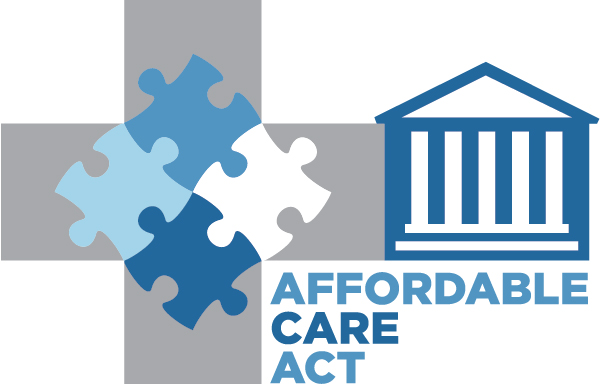The Affordable Care Act continues to be an important topic for businesses, particularly small businesses. Even though the ACA has been around for a few years, new regulations are still being implemented, and as a result, there is still some confusion about how it impacts businesses. This creates a real opportunity for accounting professionals to provide value added service as a trusted advisor.
As you prepare to meet with your clients this fall, take the time to consult with them regarding the ACA and how they can ensure compliance. Work with your clients to make sure they are keeping the necessary records to meet filing deadlines. Accurate recordkeeping will prevent last minute scrambling as deadlines approach. This is especially important next year as filing dates have moved up by a few months, in part to extensions expiring. For tax year 2016, your clients will need to send Forms 1095-B and 1095-C by January 31, 2017 to employees and file Forms 1094-B, 1095-B, 1094-C and 1095-C by February 28, 2017 (paper) or March 31, 2017 (electronically).
Accurate and detailed recordkeeping will also help your clients avoid penalty fees for incorrectly classifying employees. With a recent stream of employee classification lawsuits, like the ones against Uber, it’s clear that many workers feel they are being denied worker benefits, especially healthcare. Classifying employees can be tricky at best since many guidelines are not clear-cut and vary across state lines. As a trusted advisor, you have an opportunity to do more than file forms on their behalf. You can provide expert guidance to help your clients resolve any employee classification concerns they have or direct them to the key people who can provide the services they need, such as payroll or legal counsel, if necessary.
“Contingency workers continues to be a hot topic for a lot of businesses right now, and it will be for a while. We will continue to see more lawsuits like the ones against Uber as more pressure is put on classifying on-demand workers as employees,” said John Haslinger, Vice President of Strategic Advisory Services, ADP. “Small business owners need to have their legal counsel diligently look over their independent worker contracts before hiring someone. If there are any questions about the conditions of their employment, consider hiring that person as a short-term employee, or even not at all, because incorrectly classifying someone as an independent contractor has a steep penalty.”
Previously, employers needed to show they offered coverage to at least 75 percent of their workforce, but that has increased to 95 percent this year. This makes properly classifying employees even more important because if enough workers are misclassified, a business could fall below that 95 percent requirement. Employers now have to pay a penalty up to $2,160 per employee plus any back pay that is owed to the employee(s) as a result of misclassification.
Another way employers have fallen below the 95 percent rule is by misclassifying employee time off. It’s important that the correct codes are used for any time off, even if it is consecutive. For example, if an employee takes three weeks off – one for vacation and one under the Family and Medical Leave Act, the IRS wants to know each reason for the time off. Failure to do so could have serious implications for the employer.
“Employers who undercount FMLA have a real risk of not hitting the 95 percent requirement, so it’s important to have good records and a good payroll system. Accountants should work with their clients to ensure they have this data and it’s available for audit if asked. If your clients don’t have good data, start working with them now to clean up their systems and find a storage solution. Ideally, they need to maintain their payroll data for at least seven years,” said Haslinger.
So what triggers an IRS audit? An early common trigger is employee complaints. This usually happens if a worker has been told they are not eligible for the healthcare subsidy or that they have to pay it back. An ongoing or pending IRS audit in another area can also trigger an ACA compliance audit. Poor recordkeeping or problems in other areas could lead the IRS to take a broader look within an employer’s recordkeeping. However, this can be eliminated by helping your clients make sure all their documentation is consistent and in order. Explain to them the importance of making sure what they communicate to employees matches what’s outlined in their written plan and help them move to systems that allow them to keep accurate and detailed records.
“There is a real opportunity for accountants to be more consultative in how they approach the ACA with their clients. ACA compliance is a huge burden for businesses with less than 200 employees and they may not have the same resources as larger corporations. By differentiating in services for small businesses and knowing who the key players are in the field, accounting professionals have a real opportunity to provide value-added service to their clients,” said Haslinger.
Thanks for reading CPA Practice Advisor!
Subscribe Already registered? Log In
Need more information? Read the FAQs
Tags: CAS, Legislation





